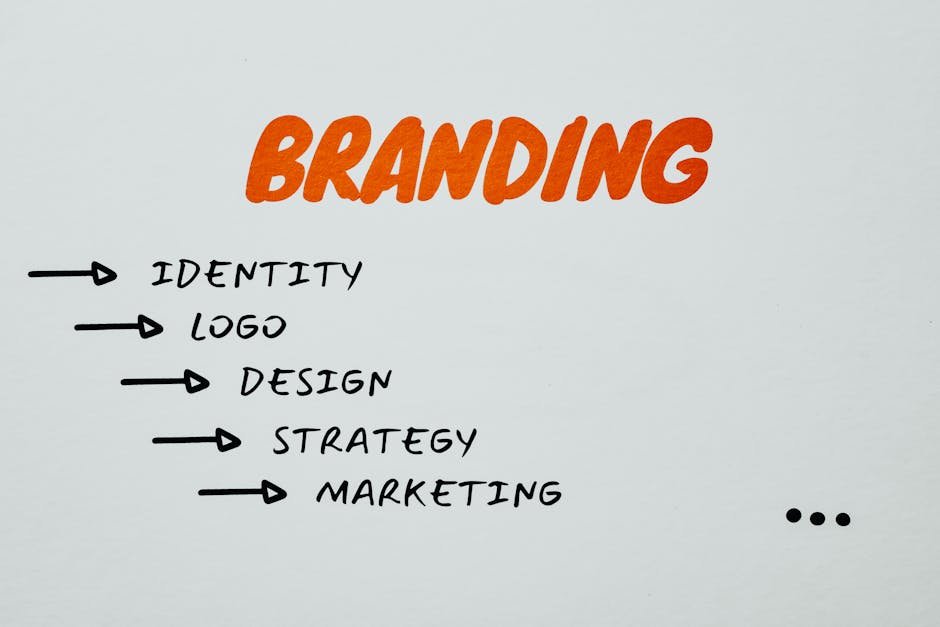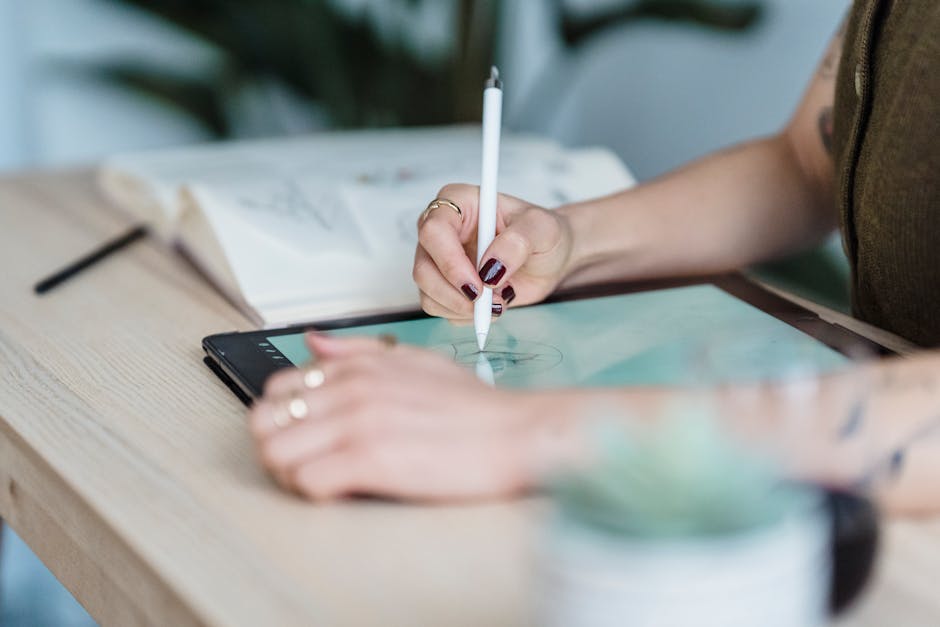Graphic Design Basics For Business Logos
A business logo is one of the most powerful tools you can use to grow your company. Creating an aesthetically appealing, unique business logo that people recognize makes your organization stand out from the rest!
Business logos are like fashion — every brand has its own style that it embodies and grows with as it expands. Just look at Nike or Coca-Cola; both have different styles in their logos depending on the product or service they are representing.
Business logos also convey a message about what products or services the company offers, which can influence potential customers’ decisions to work with them or not. Some may even say that a good logo creates desire for a product or service, making people want to buy it!
That is why it is so important to choose a good business logo especially when it comes to business signage; it could make or break his or her company. Luckily, designing your own logo is easy if you know the basics of graphic design! This article will go into more detail about how to create your business logo.
History of design

A designer is always exploring new styles, shapes, and concepts that influence their work. This comes from looking at art, real world objects, and studying how designers create logos and other graphic designs.
Logo designing is an ever changing field that grows every year due to the popularity of well designed logos. Most people now consider a logo to be a key part of any business’s image or brand.
Business logos are some of the most prominent graphic signs in our society – you probably know some by heart! Famous brands like Apple, Ford, and McDonald’t use good logos as integral parts of their company identity and marketing strategy.
Mostly, companies pick what style they want to use for their logo and then find someone who can develop it into something unique and aesthetically pleasing.
Design elements

Having an appealing business logo is not enough; you have to use it properly! When designing your company’s logos, there are three main components that make up a good design – element, style, and function.
As we discussed before, element refers to what part of the logo you will be using. These can include shapes, colors, or both. For example, if your company name contains the word “Logo,” then you could choose to use just the word “Logo��” as an element in the logo.
Style refers to how a given element looks like. Is it organized and well-designed? How many lines does it have? What typeface is used? All of these things contribute to making the image look professional and elegant.
Functional aspect comes last. This is when the designer adds features to the logo to describe the product or service being advertised. A common way to do this is adding the company name and/or acronym next to the element.
Take our earlier example: If your company name was Taylor Jewelers, then the element would be the word “Taylor.” The style would be one with very thin lines and organization, and the function would be advertising jewelry.
Now that you know the basics of graphic design, try creating your own business logo! Take your time, experiment with different styles and layouts, and keep it conceptual so that you can easily manipulate the images.
Organizing your design workspace

Now that you have chosen to pursue graphic designing as a career, it is important to organize your work space properly. You will be spending many hours of every day in this area, so make sure there are no distractions!
You should also ensure that everything you need for your job is readily accessible. This includes markers, pens, pencils, rulers, note-taking equipment, and more.
Having all these resources at hand helps you stay organized and focused while working on projects.
Creating your first logo

When you start creating logos, it is best to try doing one thing at a time. Do not worry about how professional your design looks at this stage – that will come later!
Start by taking some good quality pictures of yourself or someone you know. Use a tripod and keep these settings constant to get clear and crisp images.
Now, use an appropriate background color scheme and apply those colors to the computer where you create your logos. Once you have all your materials ready, take your time to really focus on defining your logotype.
Try using different typefaces, styles, weights, proportions, and so forth. Take your time to enjoy designing and having fun with it! Keep experimenting with fonts, shades, and concepts to add depth to your designs.
Once you are happy with your final design, save the file as carefully as you would with any other material that represents you. This includes changing the case, file format, and extensions if necessary.
Sample logos

There are many ways to develop your design skills, but one of the most fundamental is learning how to draw or create designs. Learning how to draw is a way to learn basic graphic designing!
Designers usually start with an idea or concept that they want to express through their logo. After deciding on what style you like, then you must find appropriate pictures or illustrations to use as templates. These can be real life examples or computer-generated ones.
After finding the right template, you will have to re-construct the image in order to make it your own. You may add features such as shadows, highlights, textures, and so on. Then, you take all these elements and combine them into one cohesive picture.
Creating your website logo

When creating your business’s logo, make sure it reflects you, your company, and its products/services. It should be clear what the organization is – that is, make sure to include appropriate keywords!
The colors of the logo should be familiar to you and convey an impression. A classic example of this is McDonald’s golden arches — everyone knows what a hamburger restaurant looks like!
It is important to coordinate both color palette and style between the logo and the rest of the design elements on the site. For instance, if the font choice uses bold or strong styles, those same fonts must be used in the header, navigation, etc.
Once the logo has been designed, edited and re-edited until you are happy with it, get some help designing the website with it! Take someone else’s input and see what changes they would make before going into it alone.
Sample website logos

A business logo is one of the most important parts of your business’s brand. It can set you apart from competitors, and even influence how people perceive your company.
Business logos often include the word or words that the company uses to describe itself, as well as an emblem or graphic image. The emblem usually represents what the company does, while the word or words represent who it is. For example, if your company sells cars, then your car logo would be designed to look like a car.
Your business’s name is not the only option when designing a logo. There are many styles and genres of logos, so do not feel limited by using just text for your company’s signature. Many small businesses start out using simple logos before moving onto more elaborate designs.
There are several free online resources where you can find business logos. Some sites have you create an account to use their tools, but they are totally free! Try Google Images or Adobe Ideas to search for business logos. Both of these websites have easy navigation systems and quality images and logos in their galleries.
Photo editing software

A good place to start when designing business logos is in your photo editing software of choice. There are many apps that offer you the chance to create your own business logo or edit an existing one.
Some examples of this are Adobe Photoshop, GIMP (GNU Image Manipulation Program), and Pixlr-Who’s Who. All three of these have free versions and paid professional editions.
The pro edition ones are more advanced than the basic version, but they are easy to use. They also have lots of features that can be used for other things like web design and marketing materials. These apps all have user groups as well where you can get help and tips from those who know them better.
There are several ways to learn how to use graphic design software. You can take courses via YouTube, do it through their websites or app stores, or find books and blogs about it.
No comments:
Post a Comment